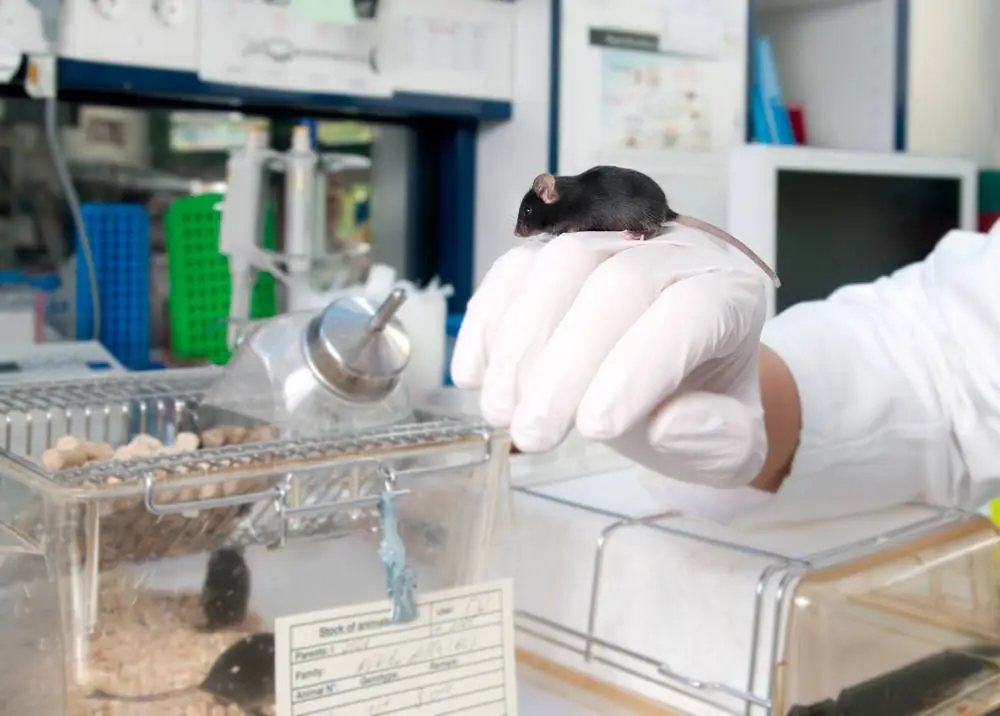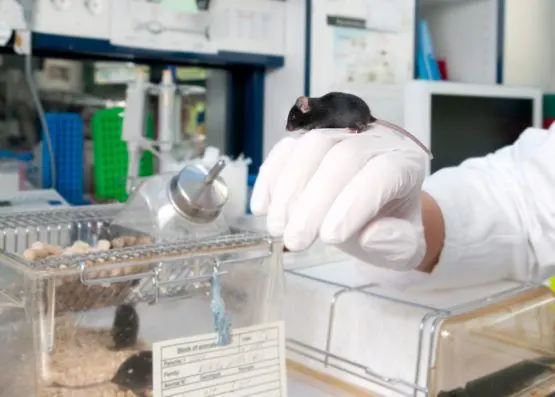As we age, our brains lose their flexibility; this, in turn, affects our ability to learn, to remember things and to adapt to new situations. The classic example is of older people who are stuck in a rut and unable to change how they think.
Some people raise this possibility when any discussion of healthy, longer lives is mentioned. The concern is that if we had a world of people who lived for decades longer than they do now, they would become so set in their ways that society would stagnate.
However, many proponents of rejuvenation biotechnology refute this and suggest that mental plasticity could be rejuvenated just the same as cells and tissues could be. A new study offers us a hint of what might be possible, although the focus here is specifically on the visual cortex[1].
Rejuvenating brain plasticity
Scientists at University of Utah Health have reported that they can rejuvenate the visual cortex and restore plasticity in mice. This affects the ability of mice to adapt to new situations and to learn based on experience. They achieved this by manipulating a single gene known as Arc.
This study builds upon this team’s earlier research, which showed that Arc is essential for visual plasticity and that young mice without the Arc gene cannot adapt to new experiences as normal mice do.
Given their earlier results, they wondered if Arc was essential for controlling visual plasticity during normal brain development. After all, if there is no visual plasticity in mice lacking Arc, then could the gene be essential for that process? The expression of Arc rises and falls with visual plasticity, peaking in teenaged mice and falling quickly at middle age, supporting the link between the two.
They tested this link by giving mice an improved supply of Arc as they aged; by middle age, these mice were able to respond to visual deprivation as well as younger mice. Thus, having access to Arc for a longer period allowed the mice to maintain plasticity for longer.
The next step was even more interesting. They delivered Arc to middle-aged mice using gene therapy once the usual age-related decline had begun. Following therapy, the mice were able to respond to visual deprivation in just the same way that younger mice do. Therefore, increasing the expression of Arc was able to restore plasticity in aged mice, almost as though a door that opens in youth and closes at middle age was reopened again.
Conclusion
This research shows that a single gene manipulation in adult mouse brains can boost brain plasticity. This has implications for combating age-related cognitive decline and even helping the brain recover from injuries caused by strokes or trauma.
Of course, that all hinges on plasticity being regulated in the same way in humans as it is in mice, so further research is needed to ascertain this. However, it offers a tantalizing hint that brain aging is not a one-way process and that, in time, it may be possible to rejuvenate an aged brain just as you might do with any other organ or tissue. Certainly, this is the goal of rejuvenation biotechnology, and it is a worthy goal in our view.
Literature
[1] Jenks, K. R., Kim, T., Pastuzyn, E. D., Okuno, H., Taibi, A. V., Bito, H., … & Shepherd, J. D. (2017). Arc Restores Juvenile Plasticity In Adult Mouse Visual Cortex. bioRxiv, 130880.



